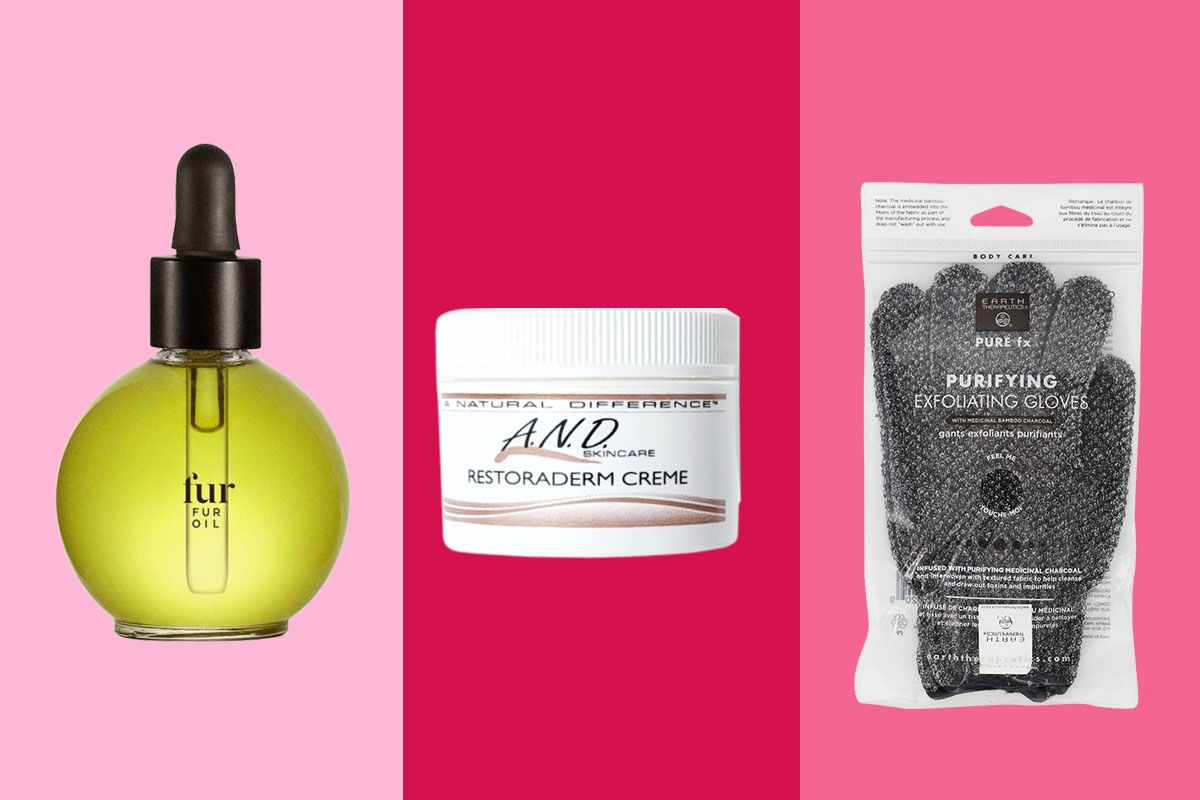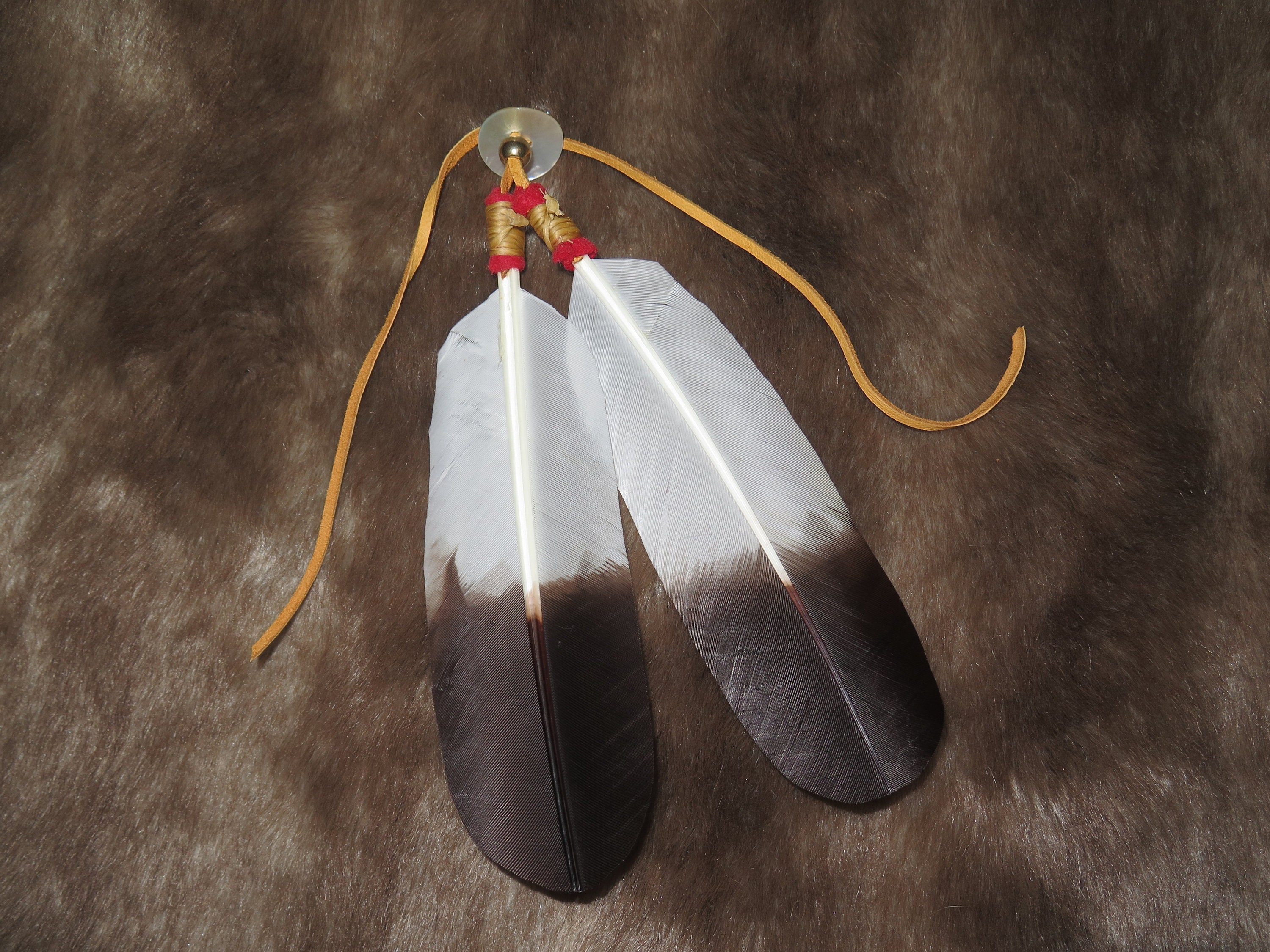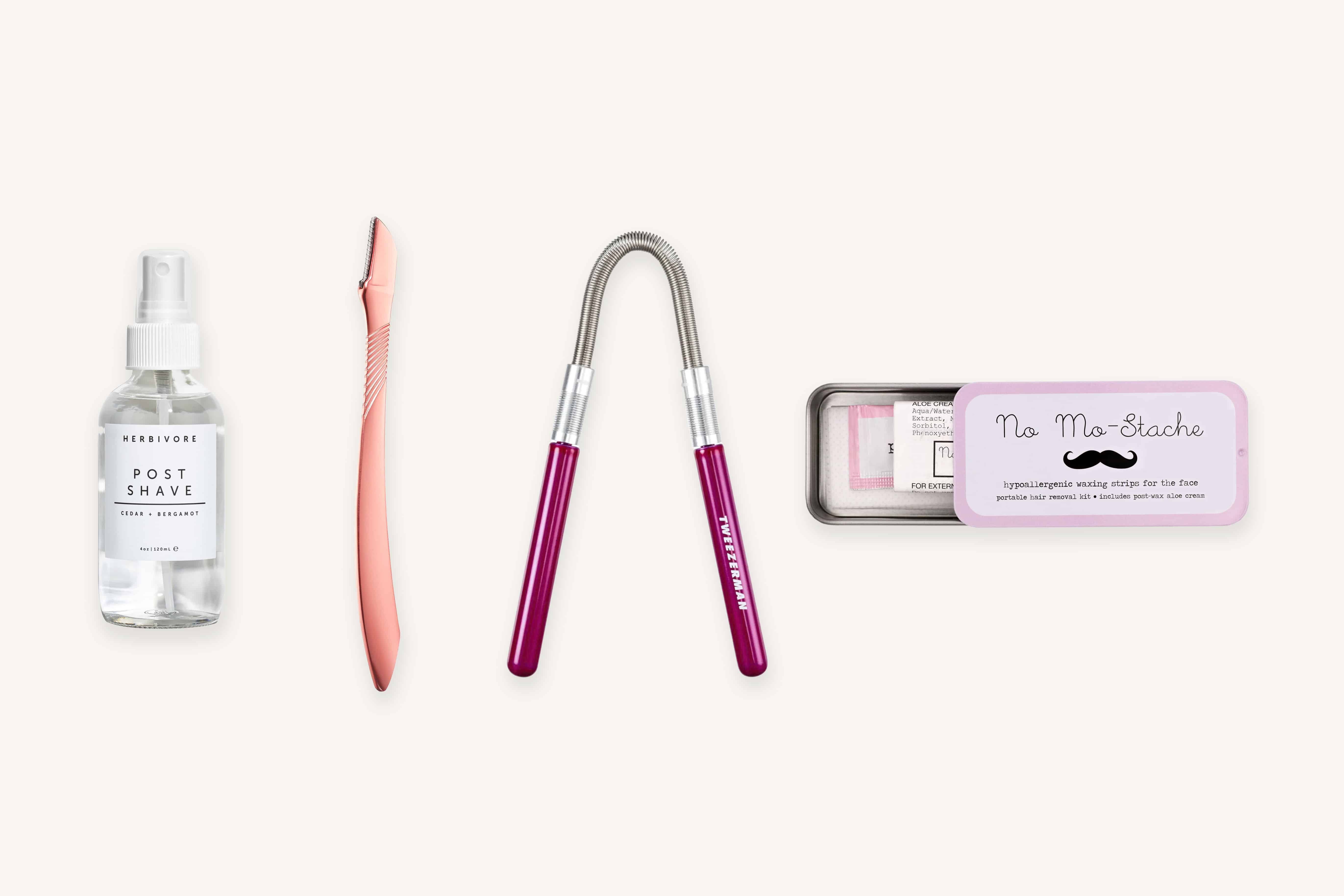Table Of Content

A doctor can determine the cause of the pimple and recommend the right treatment. The first step to deciding the correct treatment is to uncover the cause of the pimples. Also called hidradenitis suppurativa, acne inversa is a chronic inflammatory skin disease that affects the sweat glands in the groin and under the breasts. They may be uncomfortable and irritating, but in most cases, they are not serious.
How To Get Rid Of Bikini Bumps - SELF - Self
How To Get Rid Of Bikini Bumps - SELF.
Posted: Fri, 22 Jul 2016 07:00:00 GMT [source]
Are long-term complications possible with vulvar or vaginal sores?
Curtiss says these items often help pimples dry up and go away a little more quickly than they would on their own. Covering blemishes with concealer can help disguise them. But seeing a dermatologist is the safest way to extract pimples, Levine says.
Can either of these conditions lead to complications?
If the provider is concerned the pimple is something other than vaginal acne, they'll perform a more thorough assessment. Skin pimples on the pubic area may be caused by a razor. After shaving, some hairs may grow back towards the skin and into the hair follicles, causing skin bumps. Atopic dermatitis, the most common form of eczema, is an inflammatory skin condition that causes an itchy, dry, and inflamed rash. It can occur anywhere on the body, including the genitals and pubic area. Eczema is likely linked to genetics and triggers like cold weather, stress, irritants that dry skin, or allergies.
How are vaginal pimples typically treated?
When a hair follicle becomes infected it is called folliculitis. A vaginal boil can also develop from a cut in the skin from shaving with a razor or other injury to the area. The bacteria will enter the body through the skin and cause infection. As a result, your skin develops small, itchy red bumps around your hair follicles. As pubic hair grows back, the hair can also curve back into the skin and cause irritated ingrown hairs. Irritation is even more likely if you use a dull razor or shave without properly lubricating the skin.

Genital sores may appear as small, red, or flesh-colored bumps and blisters. Sores may also change appearance and become crusty or larger. Stay away from products containing perfumes, dyes, and other chemicals that may be irritating your pubic area or causing an allergic reaction. Removing certain products from your routine may help you narrow down the cause of your itching.
A vaginal yeast infection can make the pubic hair and skin on the vulva extremely itchy. Your healthcare provider may also recommend a topical corticosteroid or pimecromilus (Elidel) cream to help reduce swelling and irritation. Topical tacrolimus (Prograf) ointment or corticosteroid pills or shots may also help treat severe contact dermatitis. Genital herpes and pimples on the pubic area can both appear as small, pus-filled bumps on the skin, but there are key differences. For instance, a herpes rash often produces painful ulcers, while pimples only tend to hurt if a person presses on them.
For the most part, these bumps are not typically a sign of a serious condition. Vaginal pimples often have the same causes as pimples elsewhere on the body, including hormonal fluctuations, diet, stress levels and genetics. Additionally, they can be due to folliculitis, contact dermatitis, the disease hidradenitis suppurativa and improper hygiene. If your vaginal pimples resemble an STI, keep recurring despite lifestyle changes or start to affect your quality of life, see a doctor. If your labia pimples are caused by contact dermatitis, stop using all products such as soaps and laundry detergent that come into contact with the vulva. Once symptoms have subsided, gradually reintroduce the products into your routine over time to determine which, if any, are causing breakouts.
If your pubic itching is severe, persistent, or worsening despite home treatment, make an appointment to see your healthcare provider. This is especially true if you have signs of an infection, such as increased redness, pain, and swelling accompanied by fever and a pus-like discharge. Simply stopping or reducing the frequency of hair removal is the best method for preventing razor bumps.
Colloidal Silver for Acne: Possible Benefits, Safety, and More - Healthline
Colloidal Silver for Acne: Possible Benefits, Safety, and More.
Posted: Wed, 03 Nov 2021 07:00:00 GMT [source]
To do this, you’ll need to stop using all products that touch your genitals. Then, reintroduce them one by one to find out which one is causing the problem. Treatment is only required for severe molluscum contagiosum, and includes a prescription cream containing imiquimod or tretinoin. Eczema is not a serious problem and it can be managed with home remedies. Treatment includes applying topical steroids and moisturizers for relief of skin itch. Treatment includes application of a topical antifungal cream and wearing loose, cotton clothing.
Once it grows and becomes painful, you’re probably developing an infection. Folliculitis occurs when damaged or blocked hair follicles create the ideal environment for bacteria or fungus to grow. The neck, armpits, groin, and genitals are the areas most commonly affected. To reduce the risk of razor burn, use a clean razor and a lubricant like soap or shaving cream.
Boils appear due to a bacterial infection in a hair follicle. The skin around the vagina and inner thighs is thinner and more sensitive than the skin on other parts of the body. Tight clothing can slough off dead skin cells, and then sweat and oils in that area become trapped in the hair follicles. Vaginal boils are a common skin infection that usually resolves with at-home care. Speak with your healthcare provider if you are concerned about a boil near your vagina. They will be able to recommend the best treatment for you and ensure you have the support you need.
Do not share towels, and change your washcloth often to prevent bacteria buildup. Vaginal folliculitis looks like a pimple on the inner thighs, labia, or pubic mound area. You can tell the difference between an acne pimple and vaginal folliculitis by looking for a hair. If there’s a hair in the middle of the bump, it’s genital folliculitis or an infected hair follicle. If there’s no hair in the middle, then it’s probably vaginal acne. If you aren’t sure, visit your OB-GYN or dermatologist for a diagnosis.
Common culprits include fragrances, detergents, soaps, and genital cleansing products (such as douches and feminine hygiene sprays). Latex, rubber, and adhesives (such as those used in panty liners) can also cause contact dermatitis. If you have contact dermatitis, you’ll need to determine the cause.
People on bed rest or living in warm climates are also at risk. Pimples can appear suddenly for a number of reasons, so it’s hard to fully prevent them. Keeping the area clean with a gentle cleanser is usually sufficient. Pain medications, such as ibuprofen (Advil), can also relieve HSV-2 symptoms. Known as nucleic amplification tests, these are often done using polymerase chain reaction (PCR) to get the virus to quickly multiply itself. Your doctor can confirm a diagnosis with one of several tests.
If you choose to remove the hair on your vulva (by shaving or waxing, for example), it can irritate your hair follicles. Similarly, getting in a hot tub and sweating could irritate your hair follicles and allow bacteria that normally live on your skin to get inside them. Folliculitis can often be treated with antibacterial soap and moisturizers. If an infection occurs, you may need to see a healthcare provider for a prescription topical antibiotic or antifungal lotion.









